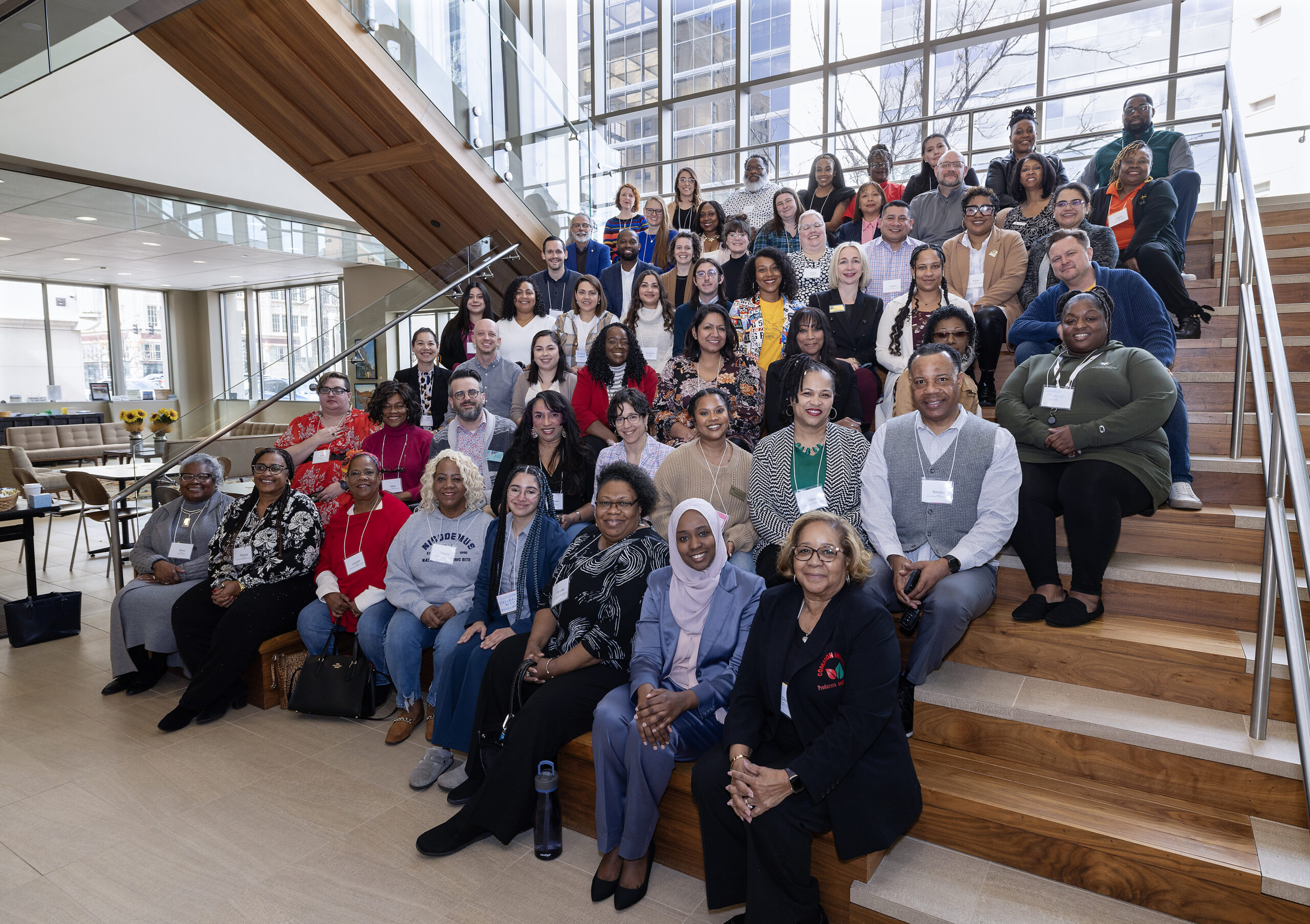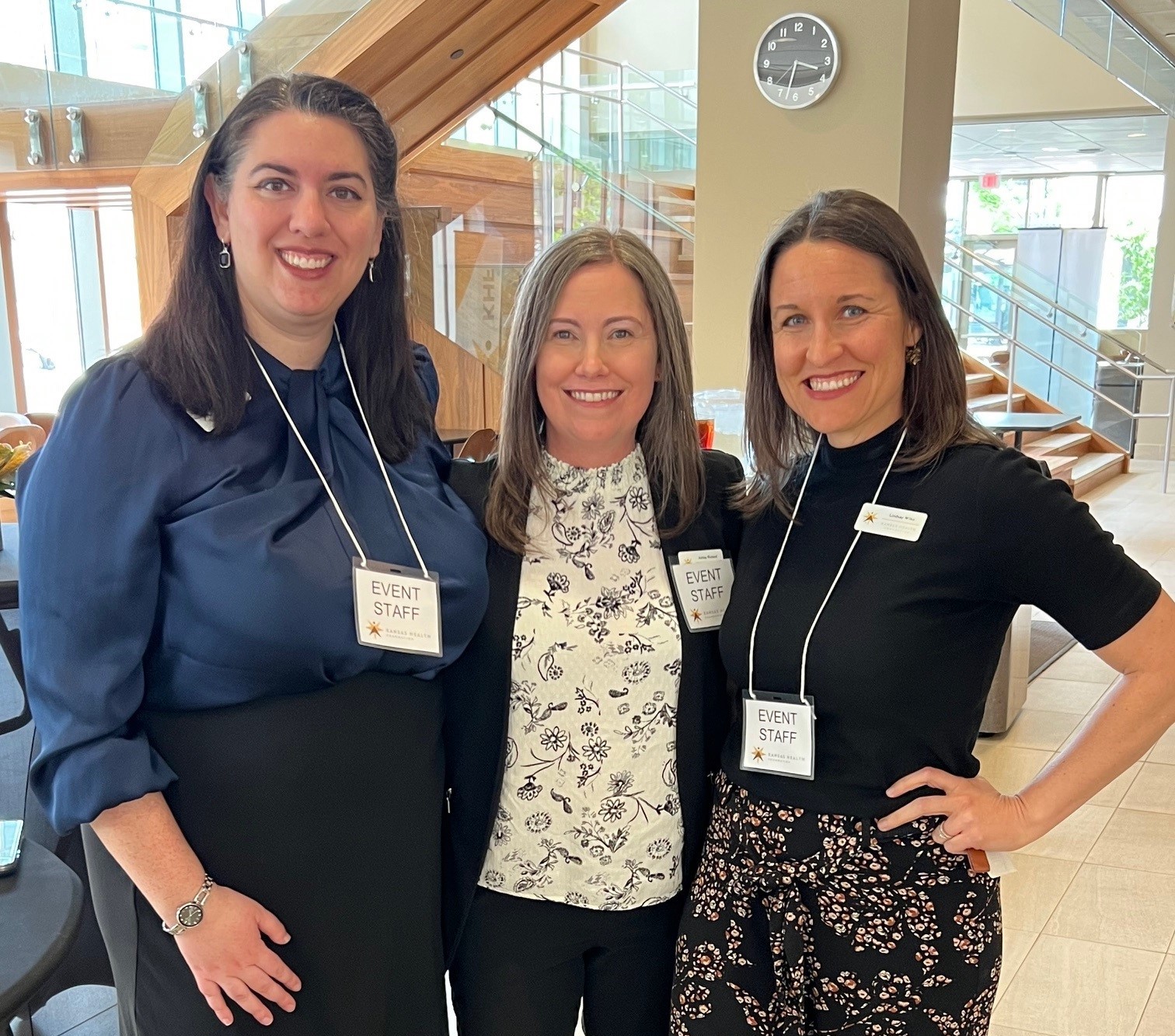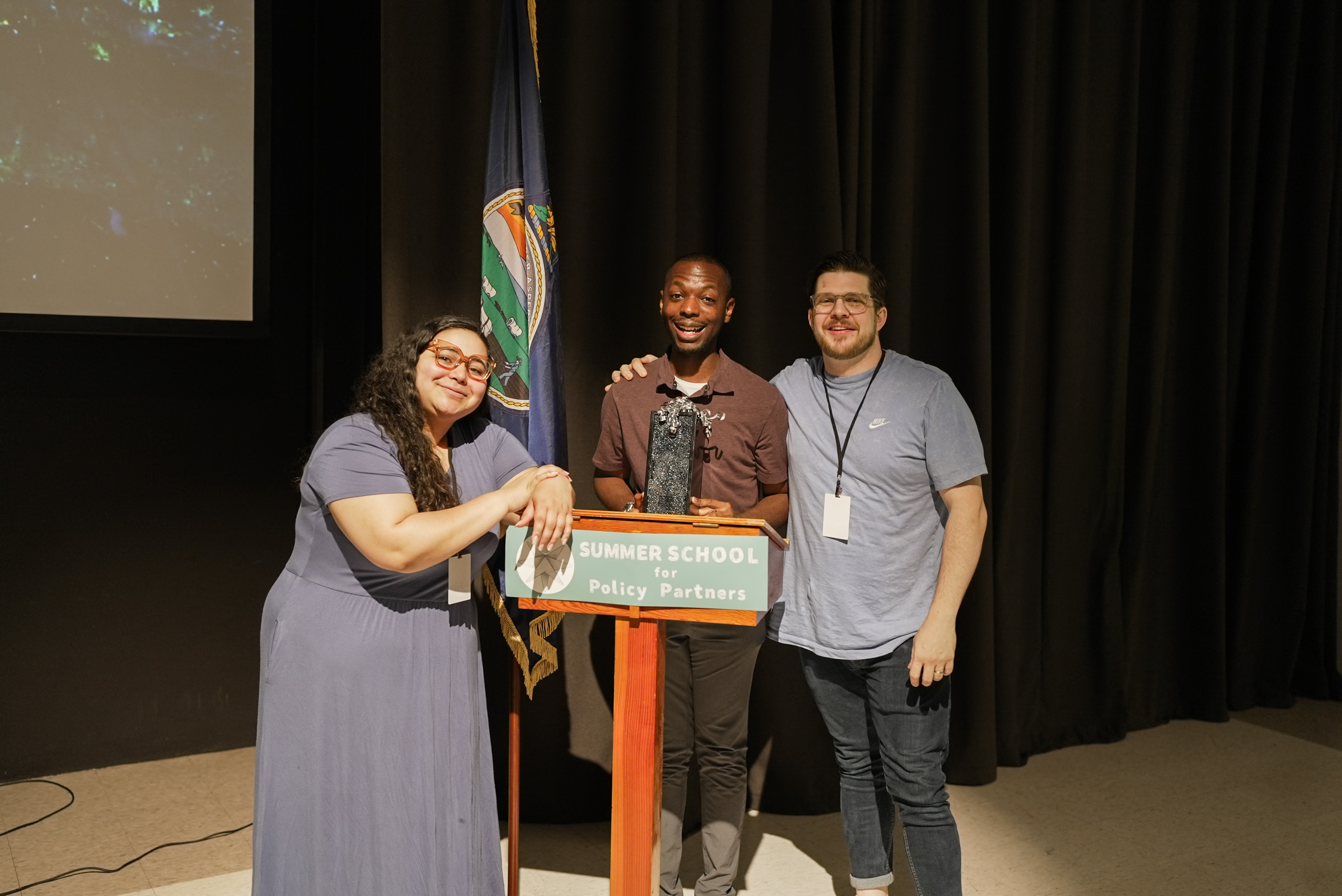WICHITA, Kan. – The population of Kansas is growing more slowly than the population of the U.S. as a whole, and it is aging, becoming increasingly diverse and concentrating in urban areas, according to a new study released by the Kansas Health Foundation.
This report, “A Changing Kansas: Implications for Health and Communities,” shows between 1960 and 2016, the Kansas population increased by 33.4 percent, but the U.S. population increased by more than 80 percent during the same timeframe. Additionally, while urban counties increased population during the previous 50 years, rural and frontier counties both saw significant decreases in population.
“We believe for our organization, and many others, the ability to make sound decisions is dependent on having data showing where we’ve been and where we’re going,” said Steve Coen, KHF president and CEO.
Commissioned and released by KHF, the report was authored and produced by the Kansas Health Institute. Population projections for the report came from research done by the Wichita State University Center for Economic Development and Business Research.
In addition to the raw population numbers, the report also highlights the current and projected population growth of minority populations. From 2000 to 2016, all population growth in the state was among minority populations, while white population actually decreased. Every county in the state saw an increase in minority population. This trend is projected to continue, with the Hispanic population in Kansas expected to grow by nearly 287 percent by 2066.
“We see through this report, that by around 2061, Kansas will be a majority people of color state, and with that, comes great opportunity,” Coen said.
Another key finding of the report came from the projections the Kansas population will see an increasing number of older residents.
This trend increases every year as baby boomers reach retirement age. By 2034, the number of older residents will exceed those under age 18 for the first time in our state’s history.
“One thing we know, is change will occur no matter what we do. But, we can look at the opportunities to plan for the best health of our residents and for the betterment of our communities,” Coen said.
To learn more, read the full report here.

















